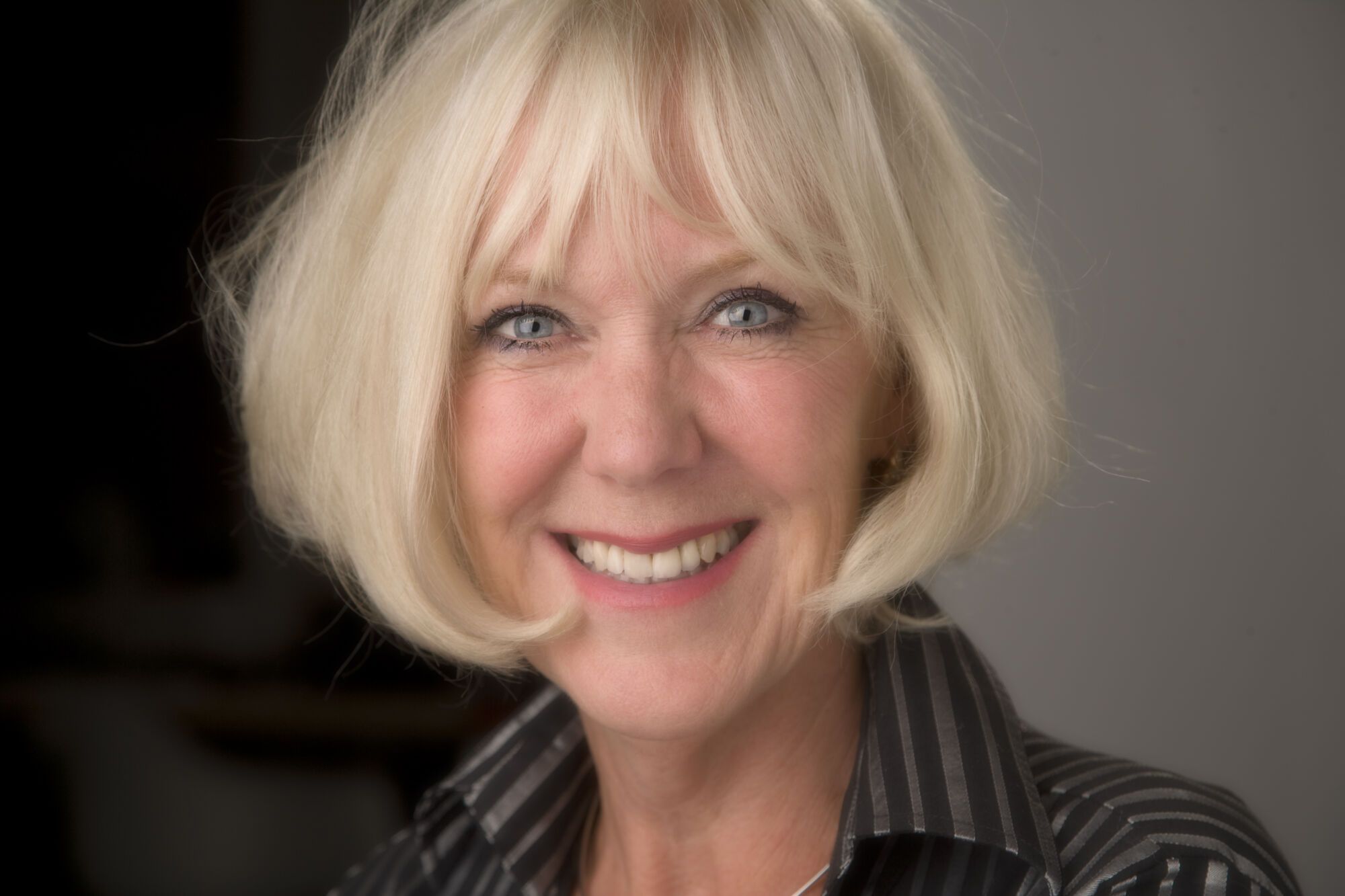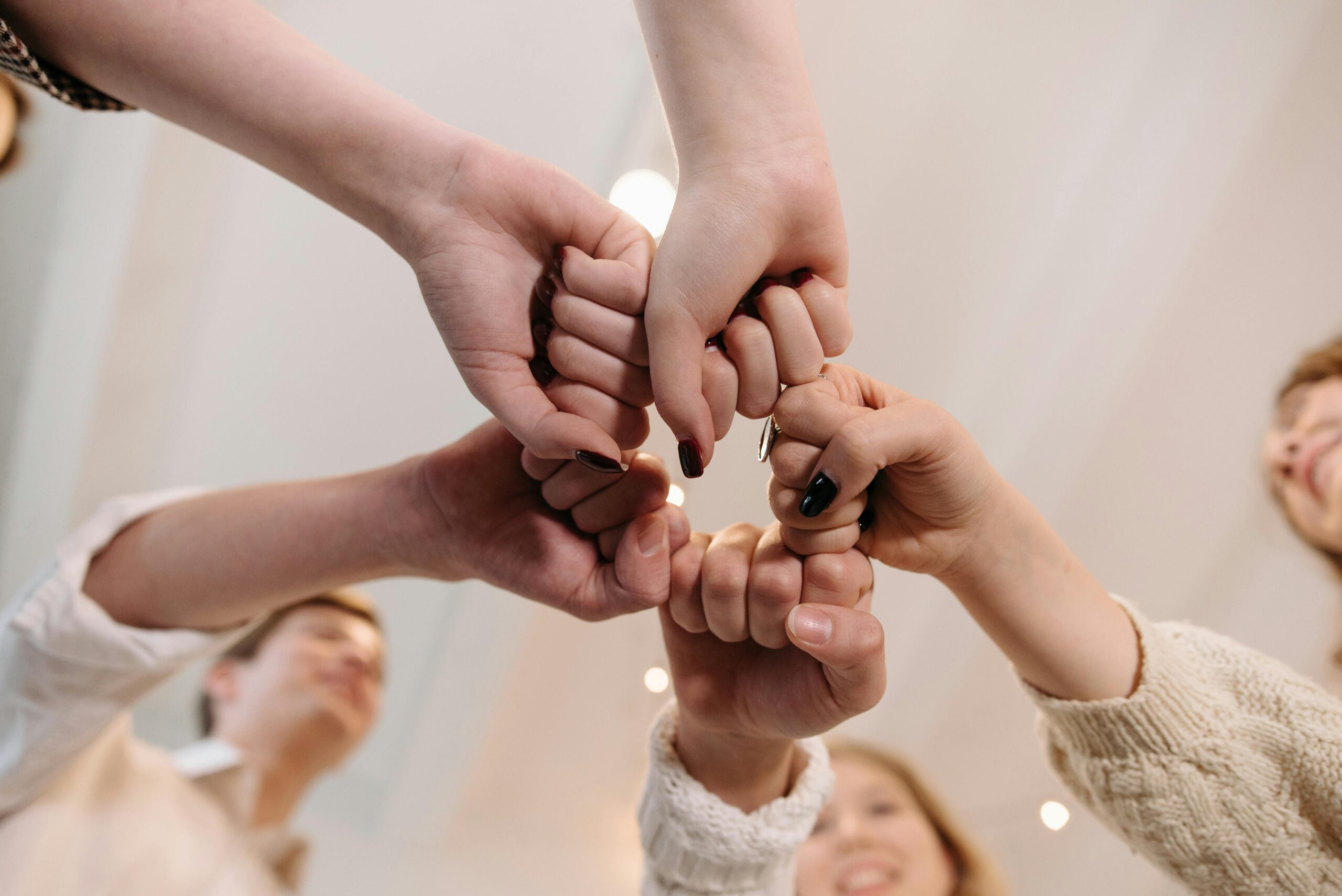The salty smell of the sea and fresh fish engulfed my nose as I walked into Kødbyen’s Fiskebar. As a restaurant that has been under the scrutiny of the likes of the New York Times, LA Times and Politiken, only to come out with shining reviews, I expected to find myself at a highly sophisticated, smartly-dressed (even black tie), silver service fish restaurant. But as I walked in through the doors, my expectations were thwarted as I was presented with a casual, quirky and retro bar/restaurant – a far cry from the usual elegance and refinement expected at quality fish restaurants these days. In this case, the sophistication was to be introduced to me later on, as the evening progressed.
Upon arrival, we were recommended to start our evening with a glass of Cremant Rosé, Chateau de Passavant at the table outside. As I sat there, enjoying the beverage on that sunny afternoon, I couldn’t help but wonder about the location that Anders Selmer, the owner of Fiskebar, had chosen for his unique little venture. Set in the midst of Kødbyen, known to most foreigners here as the meat packing district, the restaurant is among the meat vendors and wholesale food vendors who supply ingredients to most of the restaurants in town. An unlikely location aesthetically, but practical one might think.
Not so. Instead of choosing a location with an attractive postcode or one with a glorious history, or even a beautiful waterfront, Selmer chose Kødbyen due to its cultural and economic diversity: “We wanted to bring quality into the glass and on to the plate.” Indeed, as I was shown to our seats, I couldn’t help notice the old tiles covering the walls, dilapidated patch work on the ceiling and in a corner, and some mismatched dining décor, almost as if it was an after-thought.
What isn’t an after-thought is the food and the service. Our first course was a serving of Limfjorden oysters served with a glass of chilled 2006 French Bourgogne Chardonnay ‘Cuvee Fiskebaren’. An interesting fact about the restaurant is that most of the ingredients are organic, and non-organic produce is only used when necessary to complement the flavour of the meal. As I devoured the delicious oysters, I looked around at the growing crowd in the restaurant. The queues of enquiring customers were beginning to form, along with the number of customers seated outside waiting for a table. My advice is to get a reservation in good time. Because, with the onset of the summer and upcoming events in the city, this place is guaranteed to be busy.
Following the oysters was our next course: the Swedish lumpfish roe with smoked cheese, crisp potato shell and cucumber. After this, I was served Atlantic sea scallops roasted in butter accompanied by cauliflower, wild mushrooms and hazelnuts, while my dining partner was served a dish of the house special, Fish and chips, which is a Baltic Sea, lightly-smoked Pollack served with homemade fried potatoes and raw remoulade.
Primarily a fish restaurant, Kødbyen’s Fiskebar goes the extra mile to present gourmet Scandinavian and new age European seafood dishes without extravagance and overindulgence. In other words, at Fiskerbar you will be served a grand meal presented with simplicity and humility. Their aim is to please their customers who are a good mix of food enthusiasts, tourists, the trendy, families, and just about anyone who enjoys a good plate of seafood and drop of wine.
The next course was Hake meat fried in seaweed butter served with a glass of 2004 Esparses Vielle Vignes, followed by a course of four Nordic cheeses including a Røde Kristian hard cow cheese. For dessert we enjoyed Mutzo apples – a dish from Lilleøsherbet made with raw goat’s milk, white chocolate and aquavit meringue – and Rye bread ice cream, consisting of spice bread, lemon gel, verbena and yoghurt, washed down with a glass of 2010 Riesling Auslese.
All in all, an evening at Fiskebar can only be described as a unique experience in an eatery that defies the usual conventions, believing in a retro culture while keeping alive a rich seafood culture in the city’s up-and-coming meat-packing district.
Kødbyen’s Fiskebar
Flæsketorvet 100, 1711 Cph V;
3215 5656
Open: Tue-Fri 17:30-24:00, Sat 11:00-02:00, Sun 11:00-15:30
Cuisine: Nordic/Euro Seafood
Top Dish: Fish & Chips
Price Range: mains 195-245kr, Takeaway Fish and Chips: 100kr
www.fiskebaren.dk













